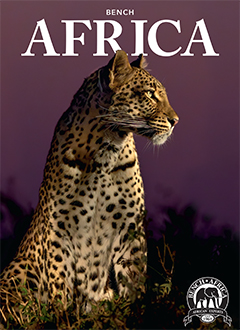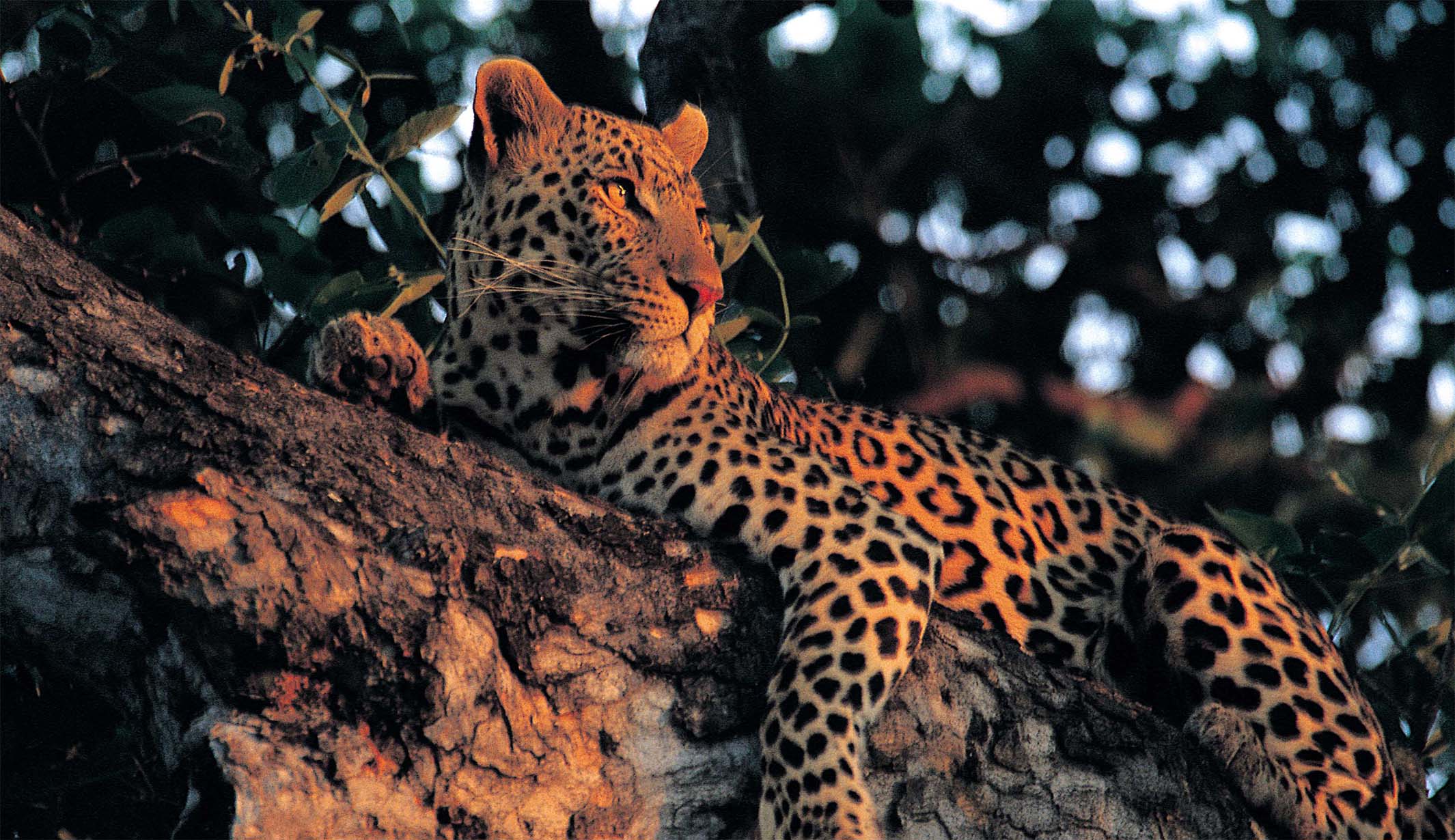Day 1 – Moremi Game Reserve
After your arrival at Maun International Airport you will be met for your charter flight to the Xakanaxa airstrip in Moremi Game Reserve where you will be met by your guide.
Your first three nights are spent in the Xakanaxa region where you explore the surrounding wilderness on morning and afternoon game drive excursions. (LD)
9 nights – Mobile Camping
The tents are 4 x 3m Sahara style tents with high roof with a 2 x 3m en-suite bathroom and a 2 x 3m covered area in front of the tent. The tents are fitted with solid base camp beds made up with mattresses, sheets, duvets and pillows. The tents have en-suite long drop toilet facilities and a bucket shower at the rear of the tent. Showers can be ordered as hot, cold or warm and the water is heated in a bucket on the fire. Showers may be taken at any time but on Kalahari safaris the guide withholds the right to limit water use and showering depending upon the availability of water. Both hand towels and bath towels are supplied for the guests’ convenience but please note that guests should bring their own personal items and toiletries.
Each tent has an oil/paraffin lamp on the veranda and in the bathroom and within the tent itself, a LED rechargeable camp light is supplied along with a side table in the sleeping area and in the bathroom. Although each tent has lighting and there are lamps strategically around the camp for navigation, an essential tool for your safari is a headlamp which lets you read a book at night in your tent or catch up with your safari journal as you listen to the sounds of the wild outside! If you don’t buy it from us make sure you buy it from someone and take our advice – don’t pack the free headlamp you got at the supermarket with your battery purchase. Spending a little bit of money will save you a lot of frustration. If you are travelling as a couple then pack one per person.
Day 2 to Day 3 – Moremi Game Reserve
Habitat: Moremi lies on the eastern extremity of the Okavango Delta. Habitats here range from wide-open floodplains, marshes, lagoons, papyrus fringed channels, vast stands of Miscanthus and Phragmites, woodland and savannah. As a result of the extremely variable habitat the diversity of both wildlife and birdlife is excellent. (BLD)
Wildlife: Moremi is amongst the best game reserves in Africa for viewing the endangered African wild dog. Xakanaxa is home to a resident herd of several hundred buffalo whose range covers the territories of at least 4 prides of lion which may often be seen flanking the ever moving herd. Breeding herds of elephant move between their browsing areas in the mopane forests and the fresh water of the Okavango. Red lechwe are one of the more unusual antelope species and commonly found here.
Birding: The swampy areas of Xakanaxa are home to African Rail,
Coppery-tailed Coucal, Black Coucal*, Red-chested Flufftail, African Crake*, Black Crake, Chirping Cisticola, Luapula Cisticola, Purple Swamphen, Allen’s Gallinule to name but a few. The open waters attract African Skimmer, Saddle-billed Stork, Yellow-billed Stork, Intermediate Egret, Goliath Heron, African Fish Eagle as well as the globally threatened Slaty Egret and Wattled Crane.
Day 4 – Mababe
Following an early morning breakfast you take a slow drive through Moremi Game Reserve north-east towards the Khwai and Mababe Areas. On this moving day you shall do a mokoro excursion in the calmer back-waters of the Khwai and Mbudi channels as opposed to doing the mokoro in the quicker moving section of the Khwai River that runs through Mababe. (BLD)
Day 5 to Day 6 – Mababe
The Khwai River meanders through the concession giving ample riverside routes to explore. You spend the following two nights camping at an exclusive campsite in the Mababe concession that has a strict max of 20 vehicles for the whole concession at any given time, exploring the river banks, Kalahari shrub to the east, cathedral mopane to the south on game drives both during the day and at night. Exploring after dark with spotlights offers you an opportunity to experience some of the nocturnal animals that are rarely encountered during the day. (BLD)
You will also have the opportunity to explore the surrounding wilderness on foot (please note that this activity is seasonal based on rains and grass height, your guide will determine the safety of walking in Mababe) to enjoy an up close and personal encounter with Botswana’s flora and fauna. It is important to note that night drives and guided walks are not permitted within the national parks and reserves. These activities are conducted outside the boundaries of the Moremi Game Reserve in the Mababe Private Reserve.
Habitat: You spend your time between the dry-land habitats of the lead-wood and camel-thorn woodlands and savannahs and the riverside and marshy back-waters of the Khwai.
Wildlife: The Khwai region boasts excellent populations of both bull elephant as well as breeding herds. Lion, leopard, serval and African wildcat are common predators of the region with wild dog and cheetah being less common. Buffalo use this area seasonally with large herds moving in during the summer rains. The swampy areas in the west are home to red lechwe. Other ungulates include tsesebe, blue wildebeest, giraffe, kudu, sable antelope, roan antelope and impala.
Birding: Truly one of Botswana birding Mecca’s. The western reaches are prime habitat for the uncommon Rosythroated Longclaw. The entire length of the river is hunting domain for the Bat-Hawk. Other interesting raptors here are Cuckoo Hawk (rare), Long-crested Eagle and Black Sparrowhawk. More commonly Tawny Eagle, Steppe Eagle*, Lesser-spotted Eagle*, Martial Eagle, Bateleur and African Hawk-Eagle. The waterways host Africa Rail, African Crake*, Greater Painted Snipe, Allen’s Gallinule*, Lesser Jacana and Lesser Moorhen*.
Day 7 – Central Chobe
You head further north en-route to Central Chobe region, exploring the desert-like landscape on game drives. (BLD)
Day 8 to Day 9 – Central Chobe
Day 10 – End of your Botswana Mobile Safari
On your final day on safari you will leave Central Chobe early to travel along the Chobe River arriving in Kasane where you will stop for a picnic lunch before taking an afternoon boat cruise to end the safari. (BL)
 We’re loading your experience...
We’re loading your experience...




















 Tented Camp
Tented Camp 





